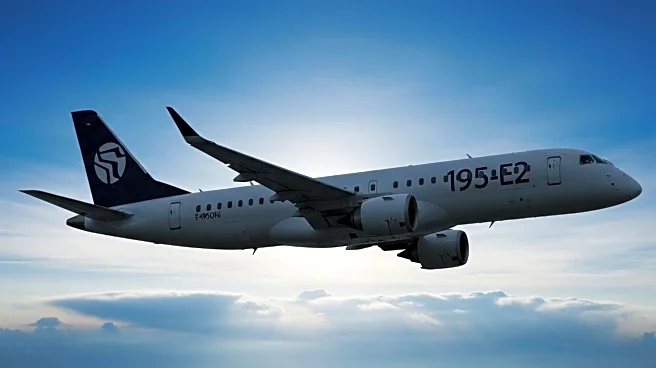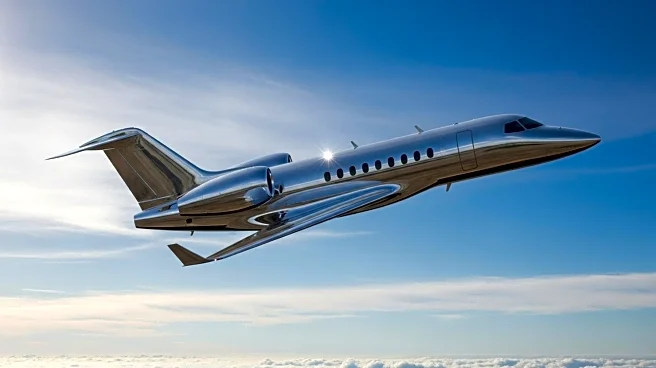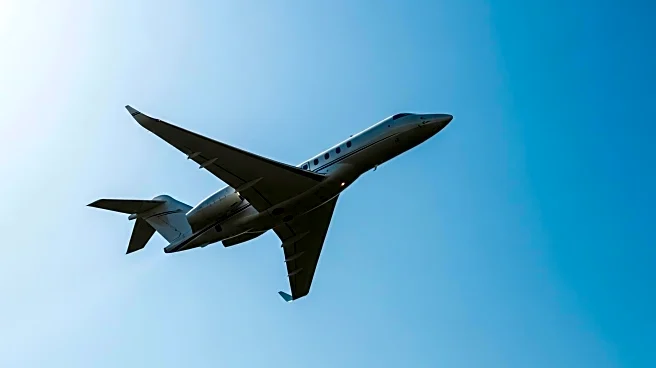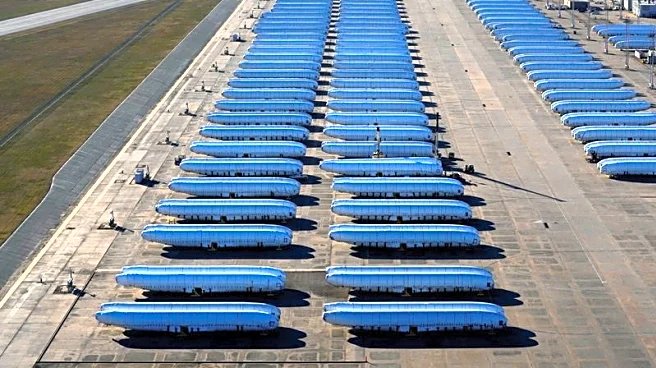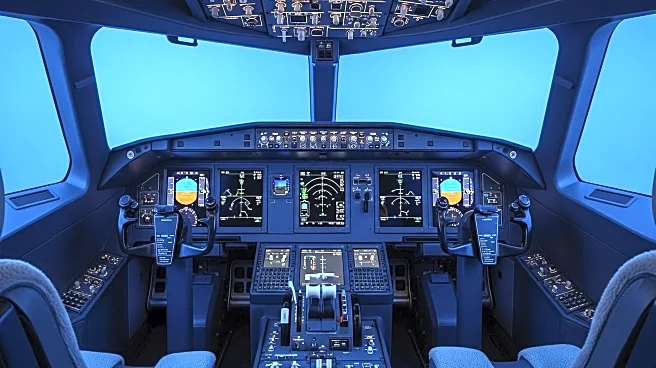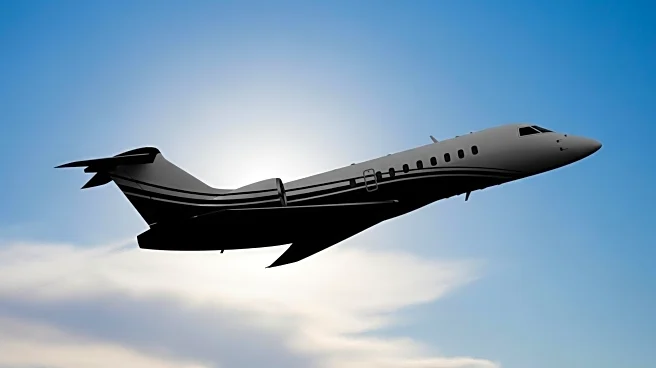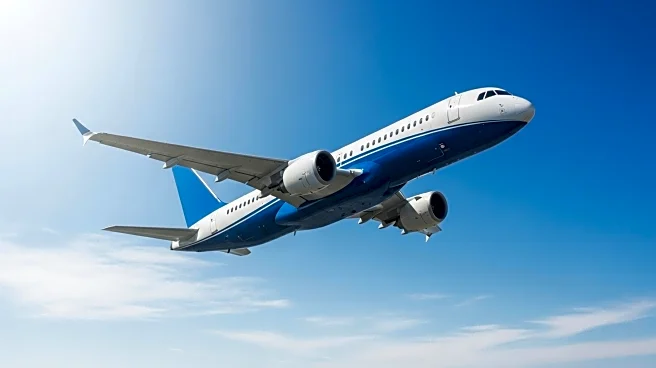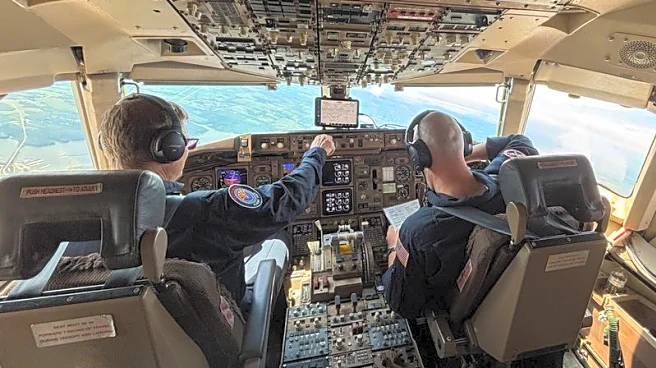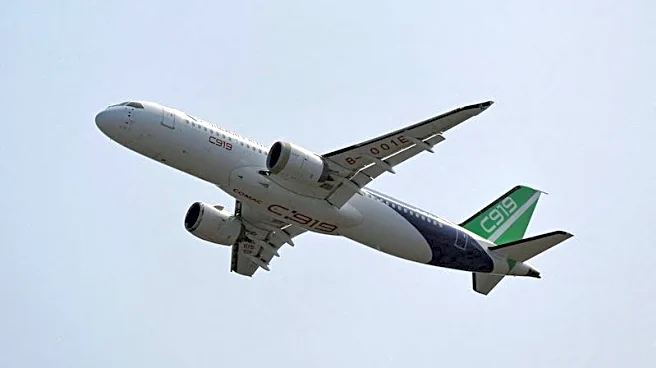What's Happening?
Embraer's E195-E2 aircraft is demonstrating significantly higher utilization rates compared to its predecessor, the legacy E195, and the Airbus A220. The E195-E2, powered by Pratt & Whitney engines, averages over 220 flight hours monthly, translating to more than seven daily flight hours. This performance is notably higher than the legacy E195, which averages 160 flight hours monthly. The E195-E2's increased capacity and extended range allow it to operate longer routes profitably. Meanwhile, the Airbus A220 family, including the A220-100 and A220-300, averages approximately 200 monthly flight hours. Despite their competitive performance, both the E2 and A220 fleets face durability challenges with the Pratt & Whitney PW1000G engines, which are expected to persist for several years.
Why It's Important?
The higher utilization rates of the E195-E2 highlight its efficiency and potential profitability for airlines, especially in the competitive 120-150 seat market. This development is crucial for airlines looking to optimize their fleet operations and reduce costs. The ongoing engine durability issues, however, pose a challenge that could impact maintenance schedules and operational reliability. Airlines operating these aircraft must navigate these technical challenges while balancing the benefits of increased utilization. The performance of these aircraft also influences market dynamics, as airlines may adjust their fleet strategies based on operational efficiency and cost-effectiveness.
What's Next?
As airlines continue to evaluate their fleet compositions, the performance of the E195-E2 and A220 will likely influence future aircraft orders and operational strategies. The ongoing engine issues may prompt airlines to seek solutions or alternatives to mitigate maintenance challenges. Additionally, the upcoming 2026 Commercial Fleet & MRO Forecast will provide further insights into the long-term implications of these technical challenges and their impact on fleet management.

